Population and Social Characteristics
Not Just BC and AD - All the Calendars Used in the World Today

Published:

The world does not revolve around us, and while it might feel like it sometimes, things as simple as knowing what day and year it is varies wildly depending on who you’re talking to.
There are at least 34 different types of calendars in use or observed in the world today, with many more used in the past. All calendar systems are based on how many years have passed since a significant event (like the Olympics in ancient Greece or a successful ruler in other regions). Here are a few.

The Gregorian calendar is the most widely used calendar today. It was implemented in 1582 by order of the Pope and was a modification of the Julian calendar, making it more accurate to the solar year.
There are two ways to count the years in the Gregorian calendar: Anno Domini (A.D.) or Common Era (C.E.). Both methods count years the same. The calendar is based on the supposed year of the birth of Jesus of Nazareth, with his birth being the start of year one. Recent studies and evidence have led scholars to determine that he was actually born sometime between 6 BCE and 4 BCE.
The use of Common Era began in 1615 with Johannes Kepler but didn’t become popular until the 1700s when Jewish scholars took up the term. It became widespread among Jewish communities because they wanted to continue using the Gregorian calendar but the term Anno Domini means The Year of The Lord in Latin, which would require Jews to take the name of their lord in vain since they don’t believe that Jesus was the lord. By using CE/BCE, they could do so without committing a grave sin.
Using B.C. to denote years before year one is unique to the English language. Equivalent letters are used in other languages.
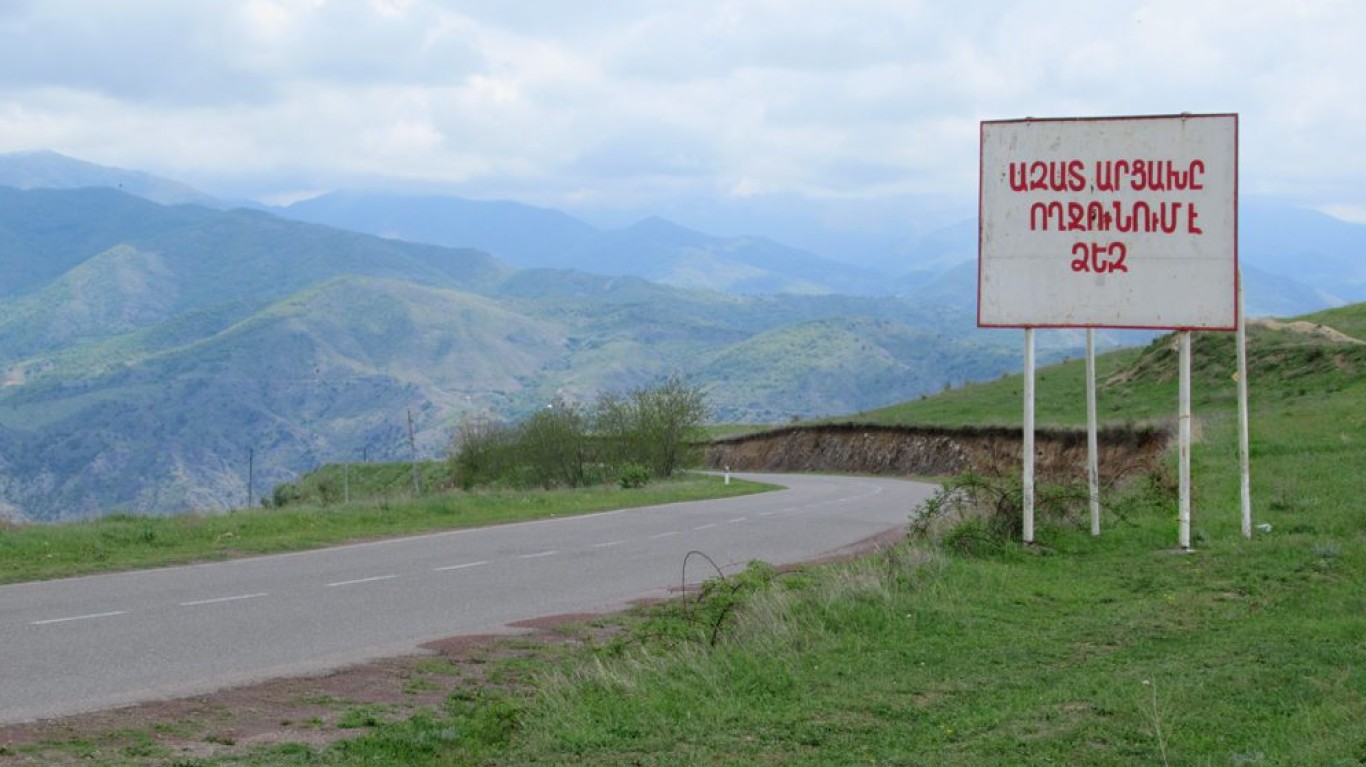
This calendar is used in Armenia and was most popular during the medieval years, beginning in 552 CE. Days of the month have names instead of numbers.

This calendar is used by the modern Assyrian people in the Middle East. It was traditionally based on the Seleucid calendar and counts the years since the reseeding of the great flood and the start of life on Earth.

This calendar has nineteen months named after moral virtues and five non-month days. It counts the number of years since 1844 CE when the Báb, the founder of the Baháí faith, began his ministry.
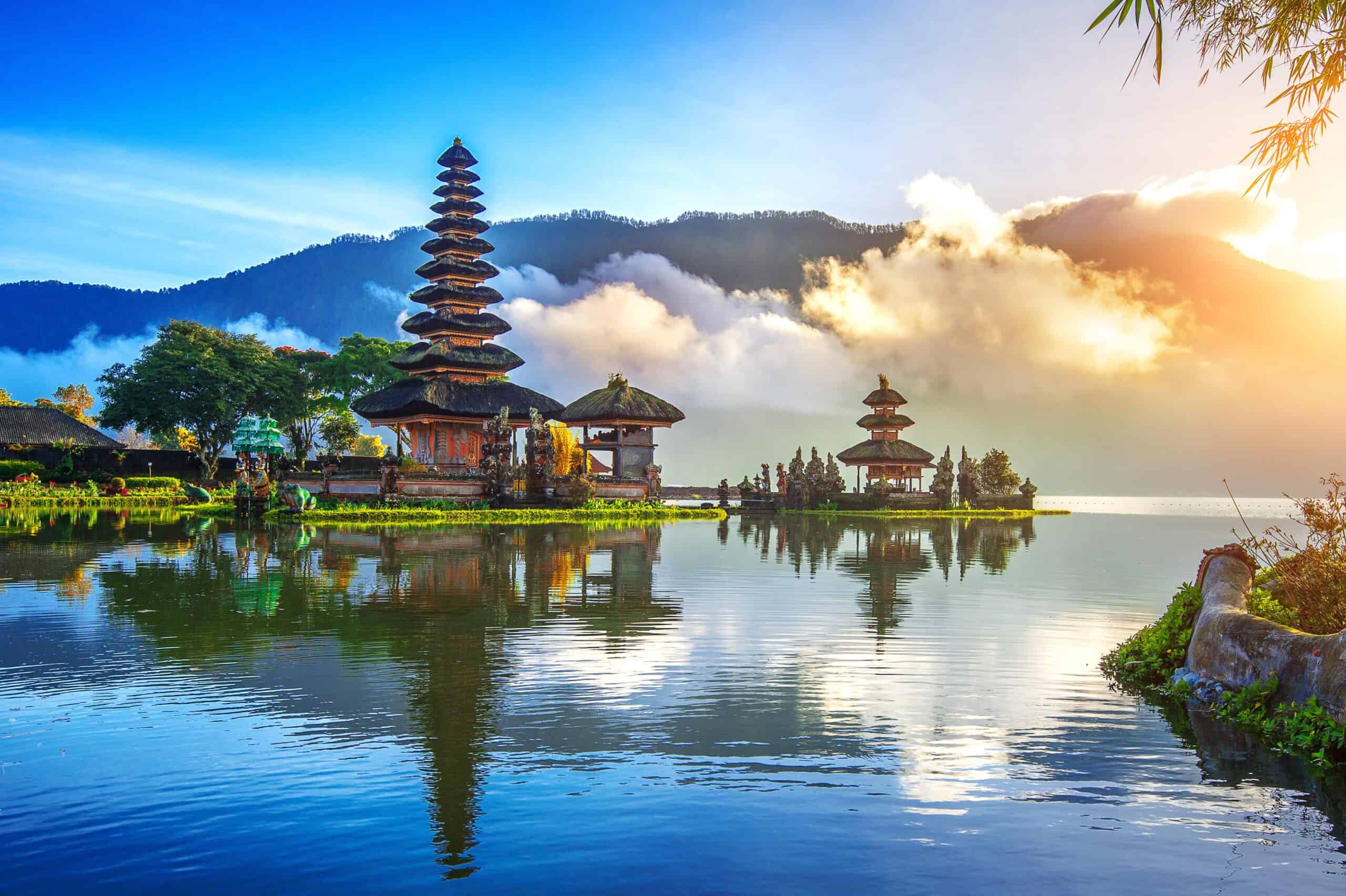
This calendar is one of two currently used on the island of Bali in Indonesia, the other is the Pawukon calendar. It is a lunar calendar and is similar in length to the Gregorian year.

This calendar is used exclusively in the Bengal region of Bangladesh and India. Variations of the calendar are used in the region, and an even earlier version is still used in some communities.
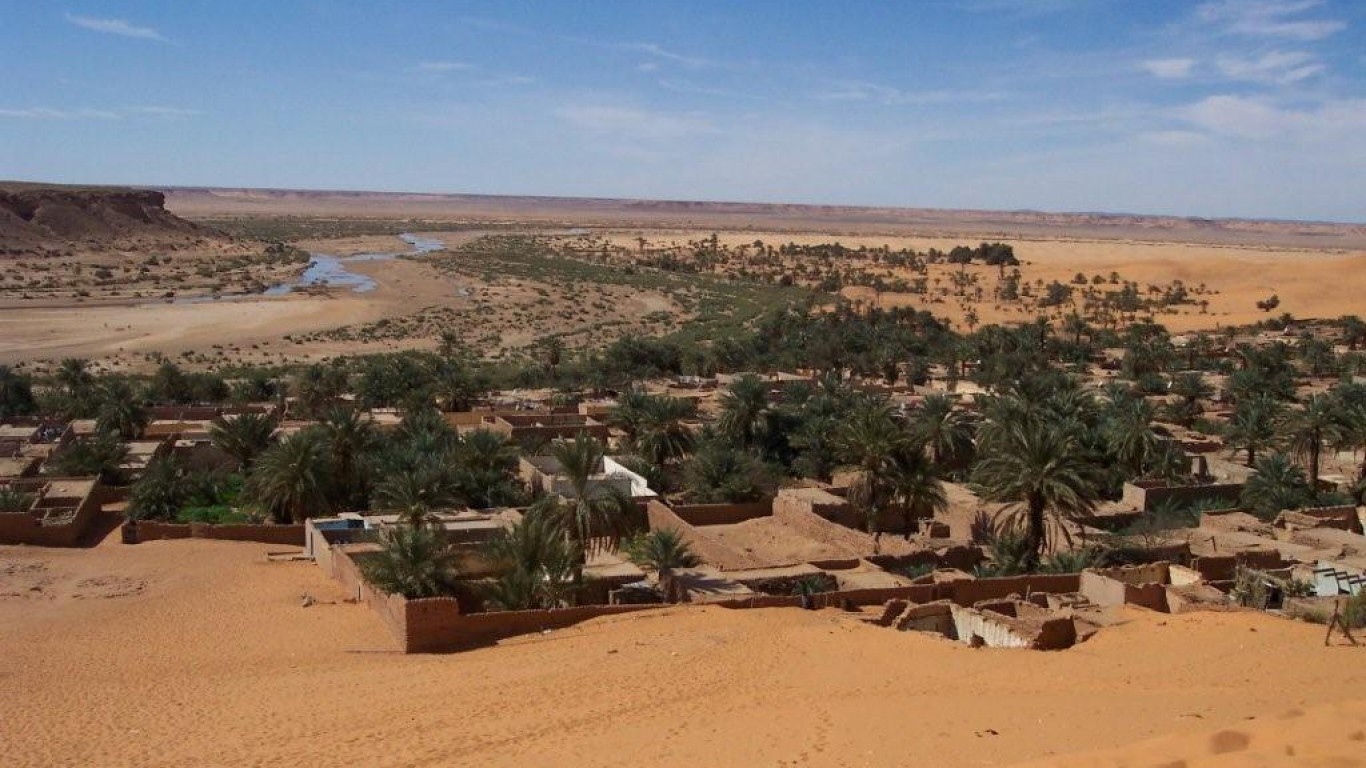
This calendar is an ancient version of the Julian calendar used in the Roman province of Africa. It is an agricultural calendar used to track the seasons for farming by the Berbers today in North Africa.
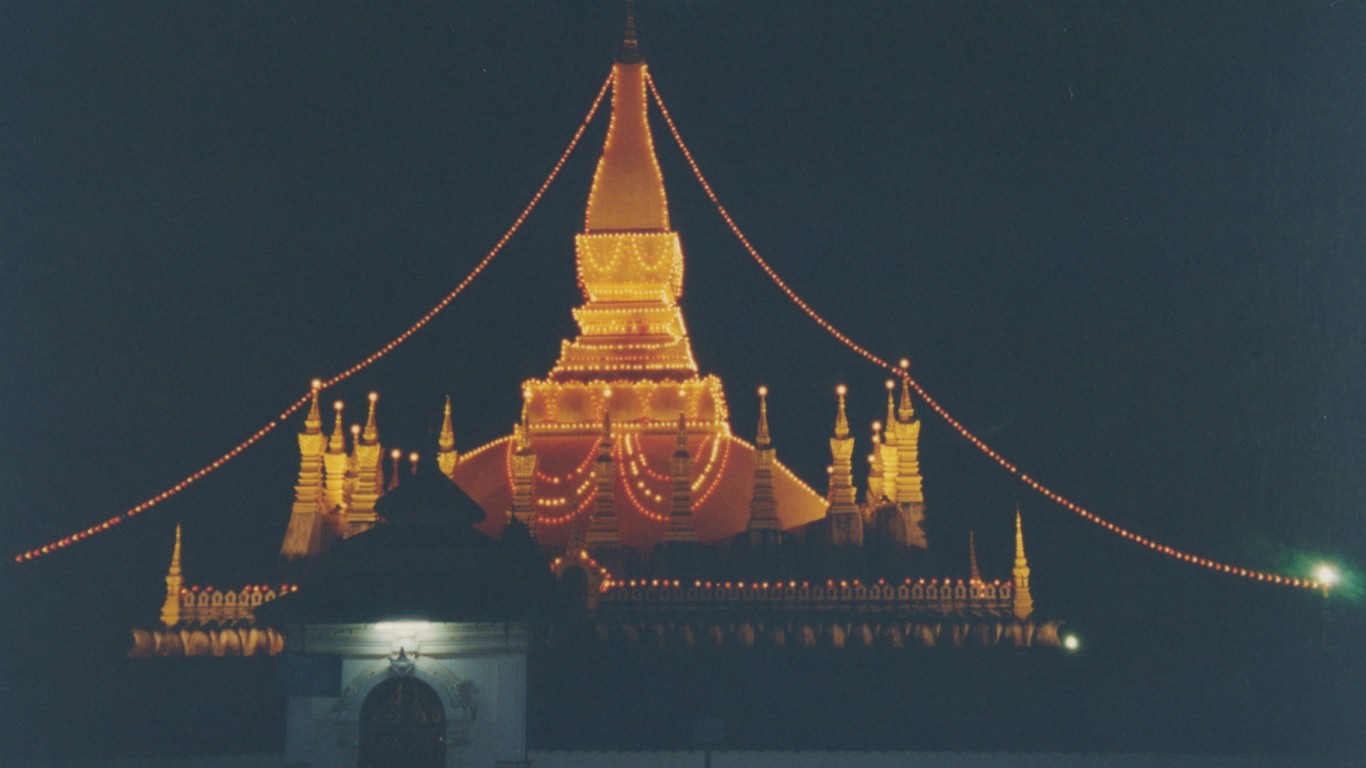
There is no singular Buddhist calendar, but a collection of calendars that all share a Buddhist religious lineage. Some of the most popular calendars are the Thai lunar calendar, the Thai solar calendar, and other calendars by the same name in different traditions. It counts the number of years since the Buddha achieved parinibbāna, but not all traditions agree on when this happened.
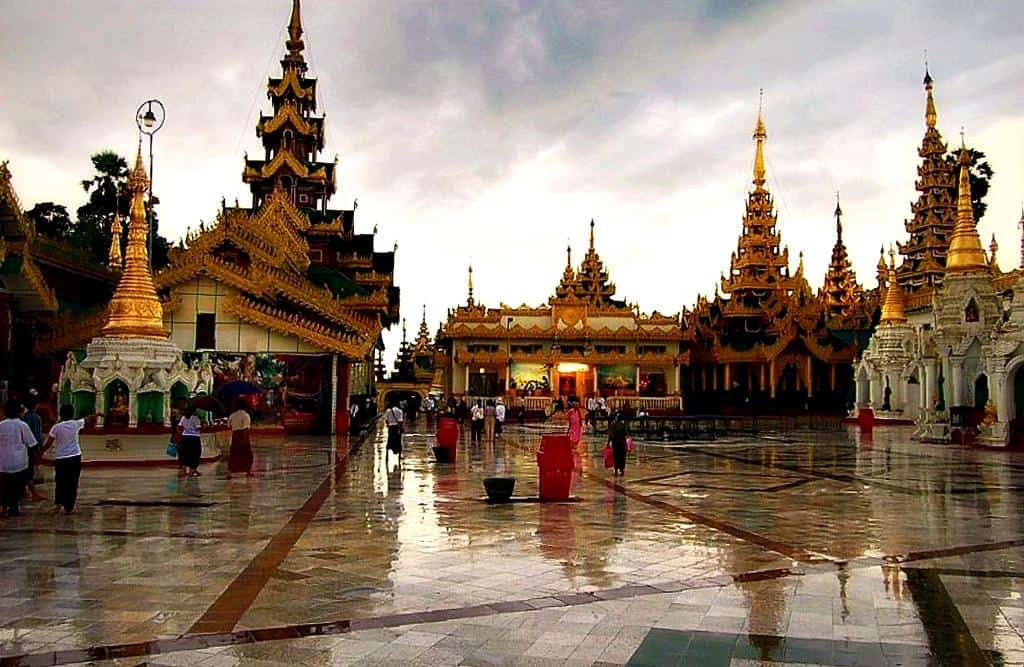
This is a lunar calendar based on older versions of the Hindu calendar widely used as one of the two official calendars in Myanmar since the calendar was implemented in 640 CE.

As one of the most popular calendars in the world, there are various Chinese calendars and traditions in use today, with some using different starting dates for numbering years. The most popular count is the years since the beginning of the reign of the Yellow Emperor in 2698 BCE. It is currently the year of the wood dragon in the Chinese Zodiac.

This calendar was primarily used by farmers in Egypt and is based on the ancient Egyptian calendar. The Coptic Catholic Church uses this calendar. Its dates match the Ethiopian calendar and is also known as the Alexandrian calendar.

This calendar, also known as the Erisian calendar, is used by followers of Discordianism. It counts the years since the Curse of Greyface in 1166 BCE and is currently 3190 YOLD (Year of Our Lady of Discord).
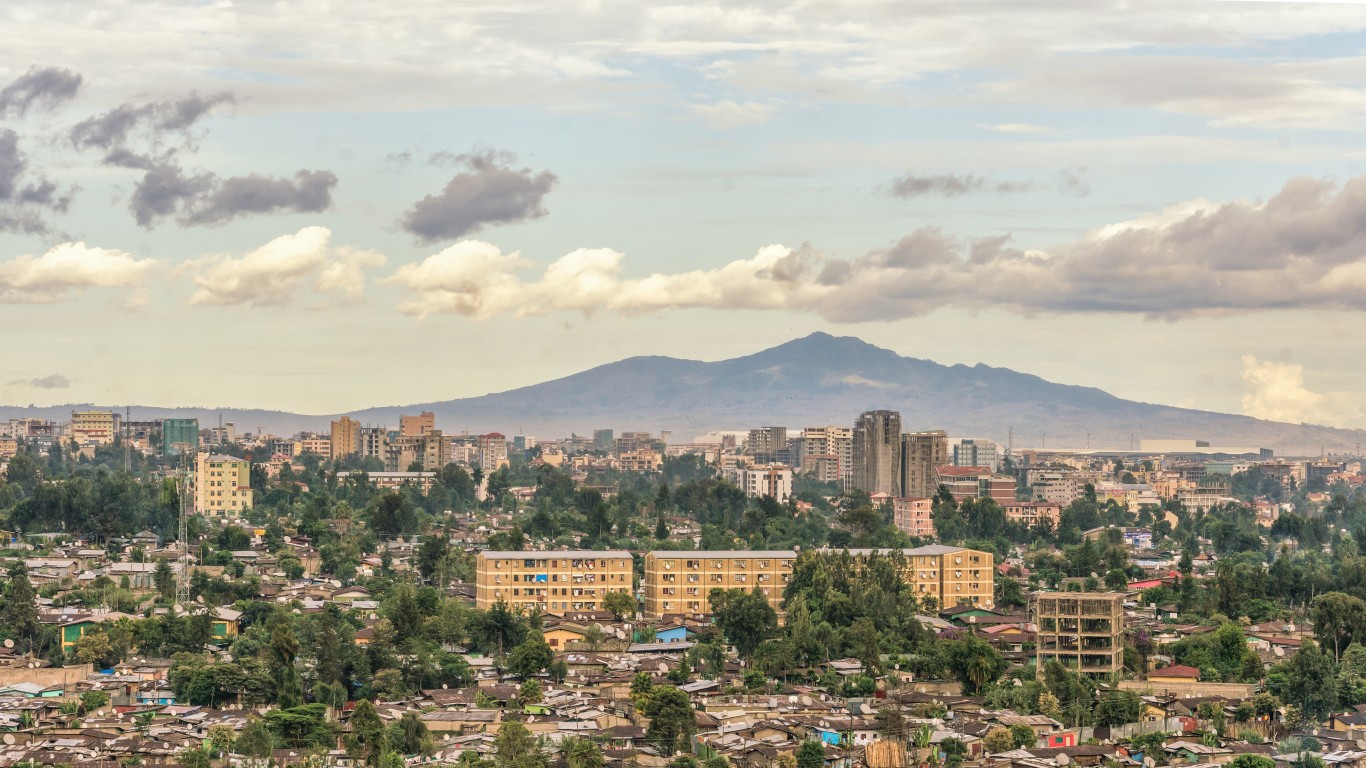
This calendar, also known as the Ge’ez calendar is the official state calendar of Ethiopia and a popular cultural calendar in Eritrea. It is the church calendar for Christians in the Orthodox Tewahedo Churches, Eastern Catholic Churches, and the Eastern Protestant Christian P’ent’ay Churches. It counts the years since the supposed birth of Jesus.

The Hindu calendar, also known as Panchanga or Panjika, is the foundation for many other calendars around the world and on this list and has been used since ancient times.
The Vikram Samvat is the national Hindu calendar. It counts the years since King Vikramaditya defeated the Sakas. It is year 2081.
The Shaka calendar, or the Indian national calendar, is used throughout India and by the Indian government. It counts the years since the reign of King Chashtana. It is year 1946.
The Kali Yuga is the fourth yuga in the Yuga Cycle in Hinduism. It is the last, shortest, and worst of all the yugas, lasting 432,000 years. According to Hindus, this is the age in which we currently live and is full of cataclysms, disasters, evil, and greed. It began 5,125 years ago.

This calendar measures the number of years in the Holocene geological epoch when humans began to create agriculture and cities. It adds 10,000 years to the current year.

This is the traditional calendar used by the Igbo people of Nigeria. It was developed from spirit worship traditions and the cycle of commerce in the region. Different communities and groups are at different weeks and years of the calendar at any given time.

This calendar, also known as the Solar Hijri calendar, is one of the longest-used calendars in the world and was used by Persia. It is the official calendar of Iran.

Also known as the Hijri, Muslim, or Arabic calendar. It is the religious calendar in almost every country where Islam is present. It counts the years in the Hijri era, which began in 622 when Muhammad migrated to Medina and created the first Muslim community.
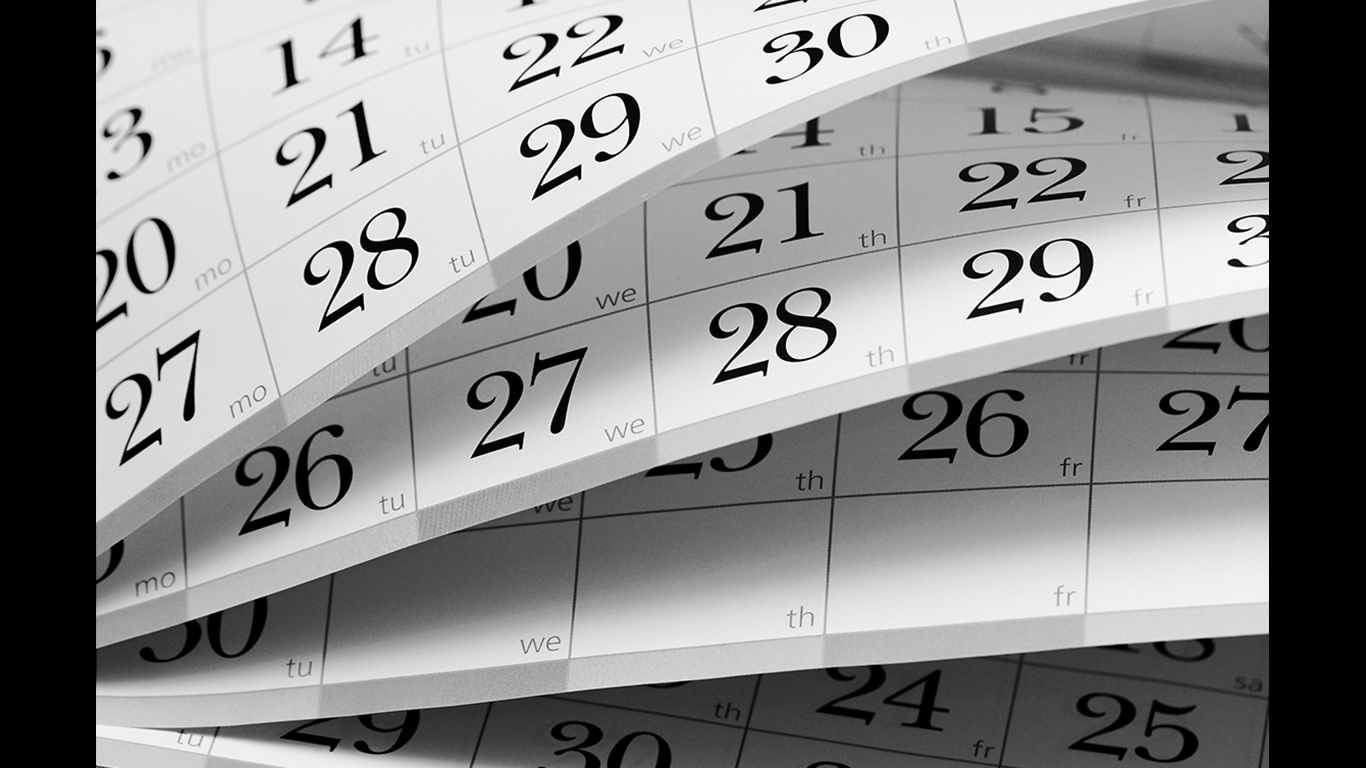
Other calendars that are currently in use today include the Japanese calendar, the Javanese calendar, the Juche calendar, Korean calendar, Minguo calendar, Nanakshahi calendar, Thai Solar calendar, Yoruba calendar, Tibetan calendar, and the Unix Time calendar.
Credit card companies are pulling out all the stops, with the issuers are offering insane travel rewards and perks.
We’re talking huge sign-up bonuses, points on every purchase, and benefits like lounge access, travel credits, and free hotel nights. For travelers, these rewards can add up to thousands of dollars in flights, upgrades, and luxury experiences every year.
It’s like getting paid to travel — and it’s available to qualified borrowers who know where to look.
We’ve rounded up some of the best travel credit cards on the market. Click here to see the list. Don’t miss these offers — they won’t be this good forever.
Thank you for reading! Have some feedback for us?
Contact the 24/7 Wall St. editorial team.